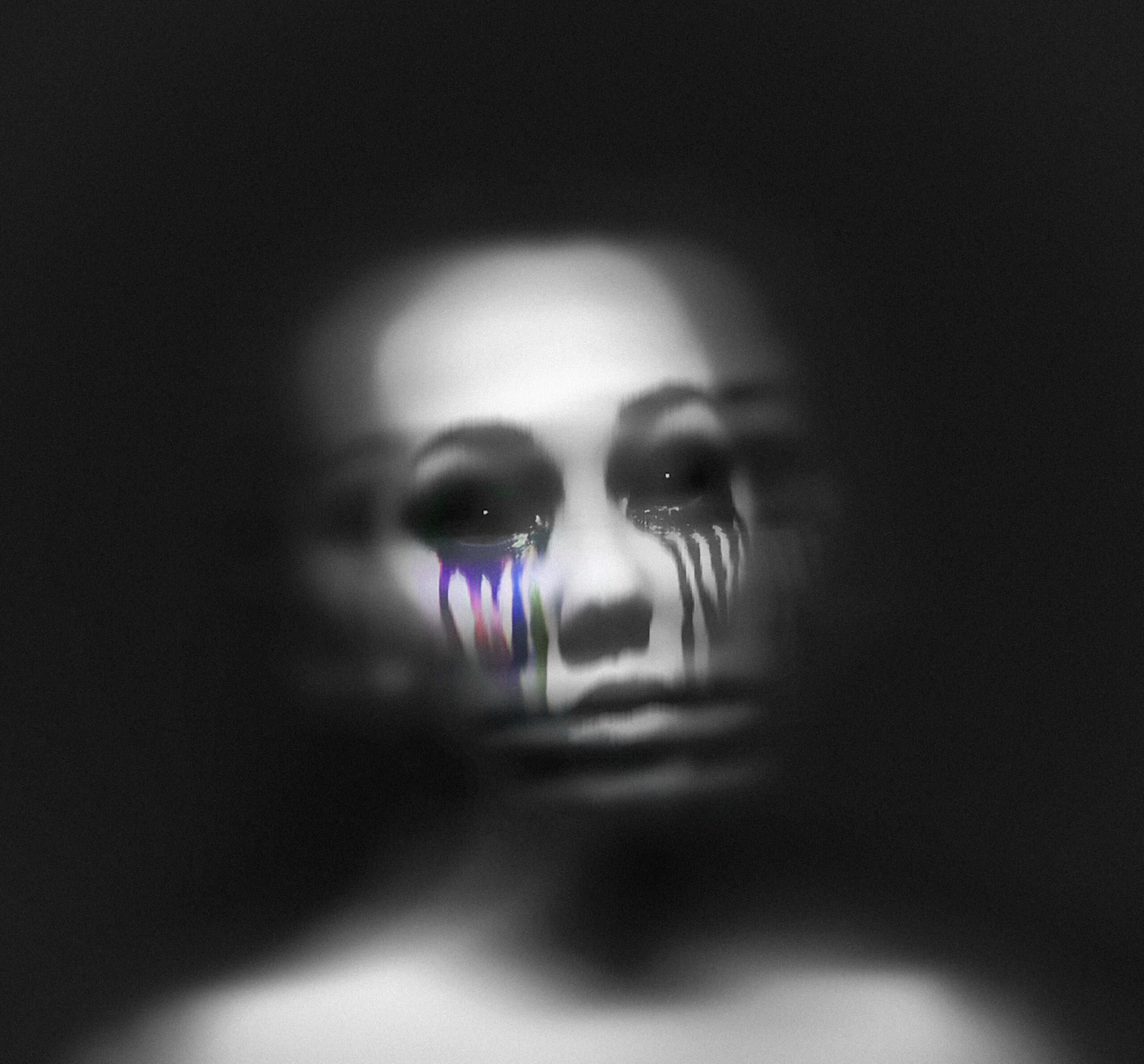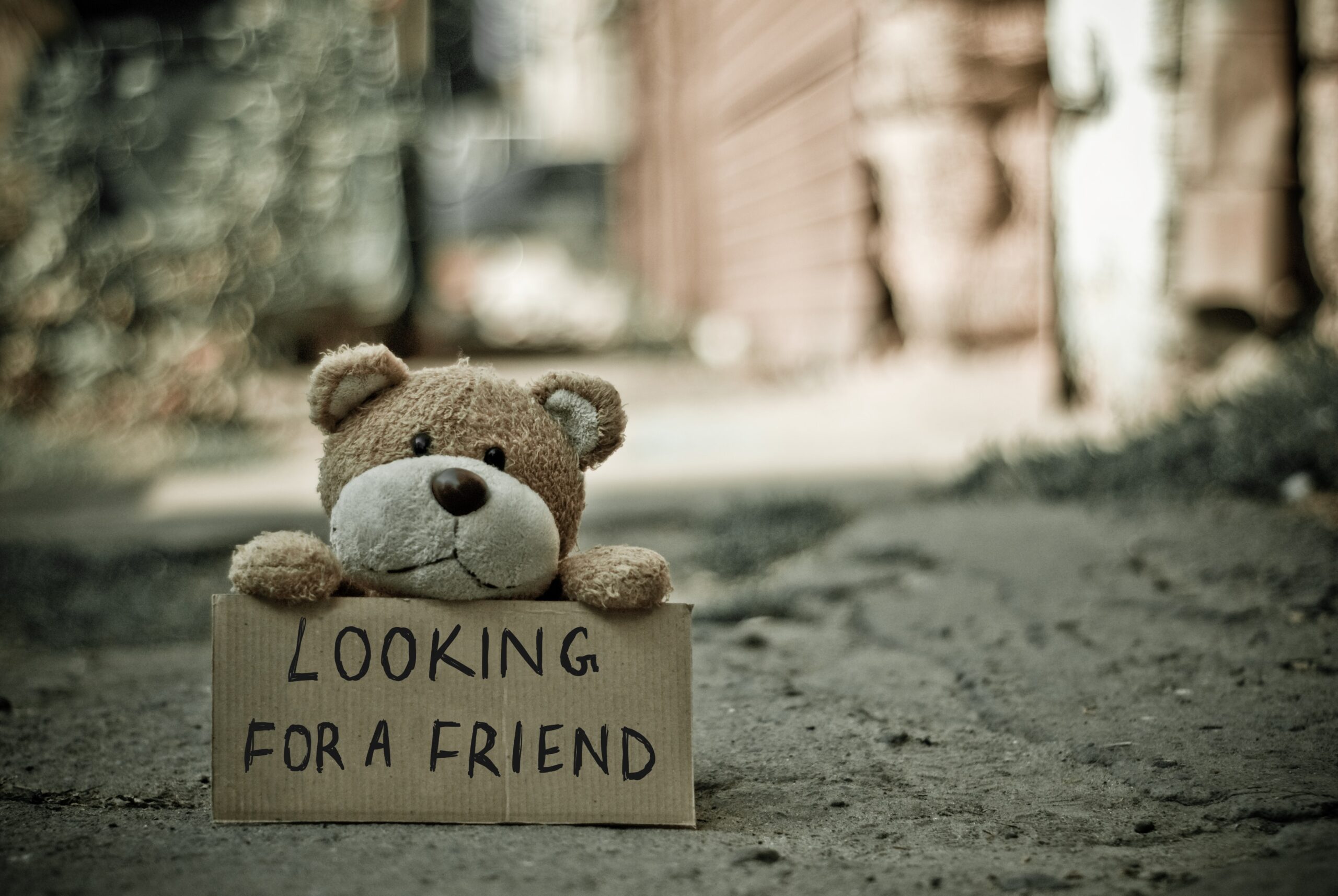Imagine living in a world where your perception becomes a distorted funhouse mirror, your own hand rebels against you, or you find yourself convinced that you are a walking corpse. These eerie scenarios may sound like scenes from a horror movie, but for some individuals, they are the nightmarish reality of living with terrifying mental disorders. While mental illnesses affect millions worldwide, there are rare, chilling and scariest mental disorders conditions that push the boundaries of our understanding of the human mind. In this blog, we will embark on a journey through the 15 scariest mental disorders known to mankind. Brace yourself as we explore the depths of these disorders, shedding light on the haunting experiences that individuals endure.
From the Alice in Wonderland Syndrome, where reality warps like an LSD trip without euphoria, to the Alien Hand Syndrome, where your own limb rebels against you with a mind of its own, these disorders reveal the unsettling fragility of the human psyche. We will also delve into lesser-known conditions like Boanthropy, where individuals genuinely believe they are cows, and Cotard Delusion, where the conviction of being a walking corpse consumes their very existence.
By shedding light on these chilling disorders, we hope to foster greater awareness, compassion, and understanding towards mental health. Together, we can strive for a world where support and treatment are readily available to alleviate the suffering of those living with these unimaginable conditions.
1. Alice in Wonderland Syndrome
Imagine a world where your surroundings appear distorted, sounds are amplified or muffled, and objects change in size and texture. Alice in Wonderland Syndrome, also known as Todd Syndrome, causes these bewildering perceptual disturbances. While rare, this disorder can be terrifying for those affected. Alice in Wonderland Syndrome is often associated with migraines, epilepsy, and the use of hallucinogenic substances. The exact cause is still not fully understood, but research suggests that abnormal activity in certain brain regions responsible for sensory perception may play a role.
2. Alien Hand Syndrome
Alien Hand Syndrome is a rare condition where an individual experiences a loss of control over one of their hands, which seems to act independently. This disturbing disorder can lead to self-inflicted harm or aggression towards others. The affected hand may engage in purposeful actions that are contrary to the individual’s intentions or desires. Alien Hand Syndrome most commonly occurs as a result of brain injuries, such as strokes or surgical interventions to treat epilepsy. The disconnection between the person’s intention and the hand’s actions is believed to arise from the disruption of communication between the brain’s hemispheres.
3. Apotemnophilia- Scariest Mental Disorders
Apotemnophilia, also known as Body Integrity Disorder or Amputee Identity Disorder, is a neurological disorder characterized by an intense desire to amputate or damage healthy body parts. Individuals with this disorder may experience distress and discomfort with the presence of certain body parts, leading to a strong urge to remove them. The exact cause of Apotemnophilia is not fully understood, but it is believed to be associated with damage to the right parietal lobe of the brain, which is responsible for body representation and spatial awareness. However, the majority of surgeons do not perform amputations upon request, which can lead some individuals to resort to self-amputation, resulting in serious consequences.

4. Boanthropy
Boanthropy is an incredibly rare mental disorder where individuals believe they are cows. They may exhibit bovine behaviors, such as walking on all fours and eating grass. This perplexing condition is often associated with dreams or hypnotism and can have profound effects on a person’s daily life. The exact causes of Boanthropy remain unclear, but it is speculated to be related to dissociative experiences or psychological stress. It is important to note that Boanthropy is extremely rare, and most cases reported in the literature are historical or anecdotal. Modern clinical cases are scarce, making it a fascinating but enigmatic mental disorder.
5. Capgras Delusion
Capgras Delusion is a distressing disorder in which an individual believes that their loved ones or people around them have been replaced by imposters. This condition is typically associated with traumatic brain injuries, dementia, schizophrenia, epilepsy, or anxiety disorders. The delusional belief can cause significant distress and paranoia in those affected. The exact mechanisms underlying Capgras Delusion are not fully understood, but researchers propose that there may be a disruption in the brain’s neural circuits involved in facial recognition and emotional processing. This disruption leads to a failure to generate the expected emotional response when encountering familiar faces, resulting in the delusion of imposters replacing loved ones.
6. Clinical Lycanthropy
Clinical Lycanthropy is a rare psychotic disorder in which individuals believe they can transform into animals, particularly wolves or werewolves. Those affected may exhibit animal-like behaviors and may be found living in forests or secluded areas. Clinical Lycanthropy is typically associated with underlying mental health conditions such as schizophrenia, bipolar disorder, or depressive disorders. The delusional belief of transforming into an animal can be distressing for individuals and may lead to social isolation and impaired functioning. The exact cause of Clinical Lycanthropy is unknown, but it is believed to be related to disruptions in self-identity and body perception within the brain.
7. Cotard Delusion- Scariest Mental Disorders
Cotard Delusion, also known as the “Walking Corpse Syndrome,” leads individuals to believe that they are dead or that their body is decaying. This delusion often coexists with severe depression and can have life-threatening consequences. Cotard Delusion is a rare disorder, and its exact cause remains uncertain. It is hypothesized that the delusion arises from abnormalities in brain regions involved in self-awareness and emotion processing. The treatment for Cotard Delusion typically involves a combination of psychotherapy and medication to address the underlying depression and correct the distorted beliefs.
8. Diogenes Syndrome
Diogenes Syndrome, commonly referred to as hoarding, is characterized by the compulsive accumulation of random objects, along with extreme self-neglect and social withdrawal. This syndrome is prevalent among the elderly and individuals with a history of mental health issues. Named after the Greek philosopher Diogenes of Sinope, who was a minimalist himself, this syndrome presents a stark contrast to his philosophy. The exact causes of Diogenes Syndrome are not well understood, but it is believed to be influenced by a combination of psychological, social, and environmental factors. Treatment for this disorder involves a multidisciplinary approach, including therapy, social support, and assistance in addressing the underlying emotional and psychological factors contributing to the hoarding behaviors.
9. Dissociative Identity Disorder (DID)
Dissociative Identity Disorder, previously known as Multiple Personality Disorder, is a complex condition where individuals have distinct identities or personalities that can alternate control over their behavior. Living with DID can be highly challenging and often requires specialized treatment. The exact causes of DID are still under investigation, but it is believed to develop as a response to severe trauma or abuse during childhood. The dissociation of identities serves as a coping mechanism to deal with overwhelming distress. Treatment typically involves therapy aimed at integrating the different identities, addressing trauma, and developing healthy coping mechanisms.

10. Factitious Disorder
Factitious Disorder involves an obsession with being sick, leading individuals to intentionally fake or induce symptoms to receive medical attention. This disorder differs from hypochondria and often stems from past trauma or mental illness. The underlying motivations for Factitious Disorder can vary, including a desire for attention, relief from emotional distress, or a need to assume the role of a patient. Treatment for Factitious Disorder involves psychotherapy to address the underlying psychological factors contributing to the disorder.
11. Kluver-Bucy Syndrome
Kluver-Bucy Syndrome is characterized by memory loss, an intense desire to consume inedible objects, and sometimes, sexual attraction to inanimate objects. This condition is associated with severe brain injuries and often has long-lasting effects. Kluver-Bucy Syndrome is believed to result from damage to the brain’s temporal lobes, specifically the amygdala, which is involved in emotional processing and memory. The altered functioning of thesebrain regions can lead to disinhibited behaviors and abnormal object recognition. Treatment for Kluver-Bucy Syndrome focuses on managing the symptoms and addressing the underlying brain injury or condition.
12. Obsessive-Compulsive Disorder (OCD)
Though widely heard of and often mocked, Obsessive-Compulsive Disorder (OCD) is fully understood by very few. OCD manifests itself in a variety of ways but is most often characterized by immense fear, anxiety, and recurring thoughts of worry. It’s only through the repetition of tasks, including the well-known obsession with cleanliness, that sufferers of OCD are able to find relief from such overwhelming feelings. To make matters worse, those with OCD are often entirely aware that their fears are irrational, though that realization alone brings about a new cycle of anxiety. Obsessive-Compulsive Disorder affects approximately 1% of the population, and though scientists are unsure of the exact cause, it is thought that chemicals in the brain are a contributing factor.
13. Paris Syndrome- Scariest Mental Disorders
Paris Syndrome is a temporary mental disorder experienced by some visitors to Paris, particularly those from Japan. It causes extreme anxiety, depersonalization, derealization, persecutory ideas, hallucinations, and acute delusions that characterize the syndrome. Because most people who experience Paris Syndrome do not have a history of mental illness, the leading thought is that this scary neurological disorder is triggered by the language barrier, physical and mental exhaustion, and the reality of Paris compared to the idealized version. The exact mechanisms behind Paris Syndrome are not fully understood, but it is believed to be a psychological response to a severe culture shock experienced by individuals who have a highly romanticized view of Paris.
14. Reduplicative Amnesia- Scariest Mental Disorders
Reduplicative Amnesia is very similar to Capgras Syndrome, but instead of believing that people are duplicates, those with Reduplicative Amnesia believe that a location has been duplicated. This belief manifests in many ways but always includes the sufferer being convinced that a location exists in two places at once. The term “Reduplicative Amnesia” was first used in 1903 by neurologist Arnold Pick and described a patient with Alzheimer’s. Today, it is most often seen in patients with tumors, dementia, brain injury, or other psychiatric disorders. The exact mechanisms underlying Reduplicative Amnesia are not well understood, but it is thought to result from abnormalities in the brain regions responsible for spatial cognition and memory processing.
15. Stendahl Syndrome- Scariest Mental Disorders
Stendahl Syndrome is a psychosomatic illness that is seemingly only temporary. The syndrome occurs when the sufferer is exposed to a large amount of art in one place or in other environments characterized by extreme beauty. Those who experience this odd but scary mental disorder report sudden rapid heartbeat, overwhelming anxiety, confusion, dizziness, and even hallucinations. Stendahl Syndrome is named after the 19th-century French author who described in detail his experience after an 1817 trip to Florence. Those who suffer from Stendahl Syndrome may not have a history of mental illness or mental disorders. However, it may more commonly present itself in those with anxiety disorders or other mood disorders.
Exploring the terrifying realities of these 15 mental disorders highlights the immense challenges faced by individuals living with them. These disorders serve as a stark reminder of the urgent need for increased mental health awareness, support, and resources. By understanding and empathizing with those suffering from mental illnesses, we can promote a more compassionate society that strives to provide effective care and assistance to those in need. It is crucial that we continue to invest in mental health services, research, and education to alleviate the suffering of individuals living with these terrifying conditions. Together, we can work towards a world where mental health is better understood, stigma is eradicated, and comprehensive support is available for all those in need.




